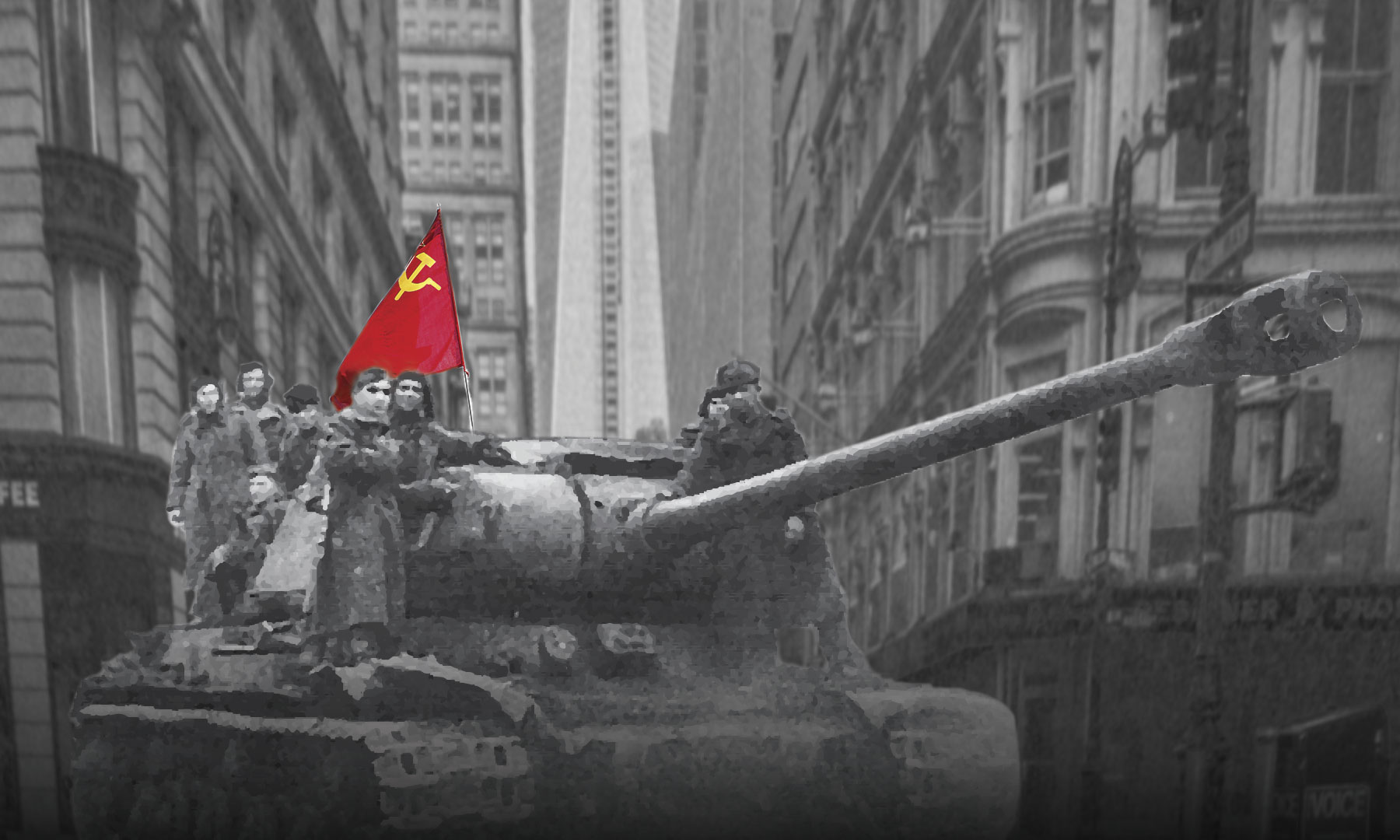Dropshot: The American Plan for World War III
War plan “Dropshot” arose from the military planners’ conviction that World War III was inevitable and that the only deterrent available to the U.S. was superiority in nuclear stockpiles. Dropshot led to requests by the military to increase the production of nuclear weapons, which the president approved. Thus, the decision to build a facility to increase production of nuclear weapon components was approved, and that facility would be the Rocky Flats Plant. The world changed in late August 1949 when the Soviet Union detonated an exact duplicate of the Trinity device several years before some had estimated that it was possible (not knowing the efficiency of their spy networks). A “WB-29 weather reconnaissance plane on routine patrol from Japan to […]
